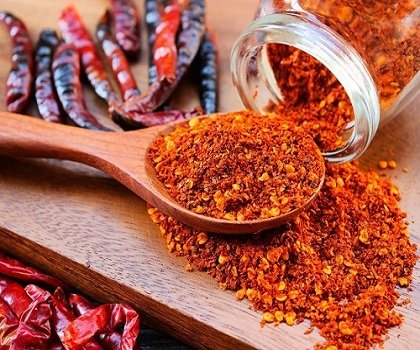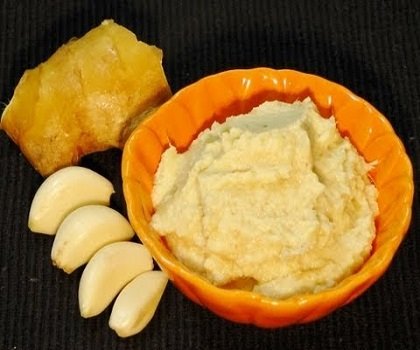When using turmeric in cooking, you will want to be careful as it can stain your hands and clothing yellow, although it will wash out. It is also known as Indian saffron, turmeric.Turmeric powder is widely available in spice sections of grocery stores and is easy to find at an international market. Dried turmeric is prepared by boiling the rhizomes, drying them in a hot oven, and then grinding the dried roots. Like many dried spices, it will lose its potency in about six months, so you should think of rotating your stock.
Fresh turmeric is harder to find but well worth the hunt. You may want to look at a well-stocked international market if you have a recipe that calls for fresh turmeric root. Turmeric is used in many spice blends, such as basic curry powder, where it is always on the ingredient list. When the blend has a yellow color, it is most often due to turmeric. It is an ingredient in Worcestershire sauce and is often used as the coloring agent in yellow mustard, relishes, and pickles. It is also used for hay fever, depression, high cholesterol, a type of liver disease, and itching. Some people use turmeric for heartburn, thinking and memory skills, inflammatory bowel disease, stress, and many other conditions, but there no good scientific evidence to support these uses. Coronavirus disease 2019 (COVID-19): Some experts warn that turmeric may interfere with the body's response against COVID-19. There is no strong data to support this warning. But there is also no good data to support using turmeric for COVID-19. Follow healthy lifestyle choices and proven prevention methods instead.









